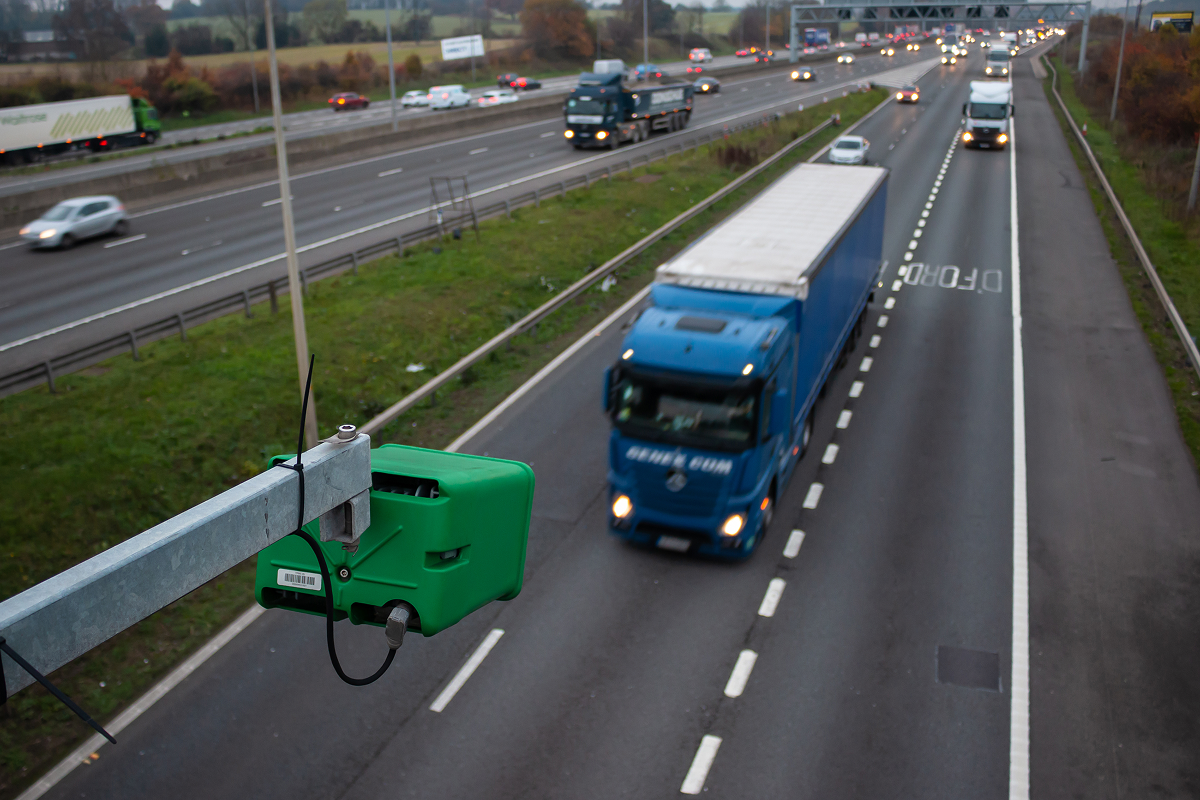Introduction
In the last decade, vehicle detection technology has undergone significant advancements, with Vehicle Detection Cameras playing a crucial role in traffic management, security, and automation. With rapid developments in artificial intelligence (AI), machine learning (ML), and sensor technology, the future of vehicle detection cameras is set to be more efficient, accurate, and versatile. This article explores the emerging innovations in Vehicle Detection Cameras and what to expect in the next decade.
1. AI and Deep Learning Integration
One of the most significant trends shaping the future of Vehicle Detection Cameras is the integration of AI and deep learning. These technologies enable cameras to accurately identify, track, and classify vehicles in real time. Future AI-powered cameras will not only detect vehicles but also analyze traffic patterns, predict congestion, and identify anomalies such as reckless driving or unauthorized vehicle access.
Key Benefits:
- Improved accuracy in detecting and classifying different vehicle types
- Real-time anomaly detection and predictive analytics
- Reduced false positives through advanced machine learning algorithms
2. Edge Computing for Faster Processing
Currently, many Vehicle Detection Camera systems rely on cloud-based processing, which can introduce latency in decision-making. The next generation of cameras will incorporate edge computing, allowing data to be processed locally on the device. This shift will result in faster detection speeds, enhanced privacy, and reduced bandwidth usage.
Expected Advancements:
- Real-time data processing without reliance on cloud servers
- Reduced network congestion and lower operational costs
- Enhanced security by keeping sensitive data localized
3. 5G-Enabled Smart Cameras
The introduction of 5G technology will revolutionize Vehicle Detection Cameras by enabling seamless connectivity, faster data transmission, and real-time vehicle tracking. 5G-enabled cameras will be integrated into smart city infrastructure, providing high-speed communication for intelligent transportation systems.
Key Features:
- Instantaneous transmission of high-resolution video footage
- Enhanced vehicle tracking across connected smart city networks
- Greater integration with traffic management systems
4. Multi-Sensor Fusion Technology
Future Vehicle Detection Cameras will not rely solely on optical cameras. Instead, they will integrate multiple sensors, including LiDAR, radar, infrared, and ultrasonic sensors. This multi-sensor fusion will enhance detection capabilities in challenging environments such as fog, rain, and nighttime conditions.
Benefits:
- Improved detection accuracy in all weather conditions
- Better depth perception and object classification
- Reduced blind spots in complex urban environments
5. Smart Traffic Management with IoT Integration
The rise of the Internet of Things (IoT) will enable Vehicle Detection Cameras to communicate with other smart devices, such as traffic lights, road sensors, and autonomous vehicles. This interconnected network will facilitate better traffic flow management and reduce congestion through real-time decision-making.
Future Applications:
- Dynamic traffic signal adjustments based on real-time vehicle detection
- Automated rerouting to ease congestion in urban areas
- Enhanced pedestrian safety through smart crosswalk systems
6. Privacy-Enhancing Technologies
With the increased deployment of Vehicle Detection Cameras, privacy concerns have become a major issue. Future cameras will incorporate privacy-enhancing technologies such as anonymization algorithms and encrypted data transmission to ensure compliance with data protection regulations.
Key Developments:
- Automatic blurring of license plates and faces for public data sharing
- Secure data encryption to prevent unauthorized access
- AI-based privacy filters to balance security and confidentiality
7. Augmented Reality (AR) Integration
Augmented reality (AR) is expected to play a pivotal role in the next-generation Vehicle Detection Cameras. Law enforcement agencies, emergency responders, and security personnel will benefit from AR overlays that provide real-time data on detected vehicles, including speed, vehicle type, and license plate information.
Potential Uses:
- AR-enhanced dashboards for law enforcement patrols
- Smart glasses for traffic controllers with real-time vehicle data
- AR-guided navigation for autonomous vehicles
8. Blockchain for Secure Data Sharing
As Vehicle Detection Cameras generate vast amounts of sensitive data, blockchain technology will be utilized to secure data storage and sharing. Blockchain will ensure tamper-proof records of vehicle movements, traffic violations, and access logs, making data more reliable and trustworthy.
Expected Impacts:
- Increased transparency in traffic law enforcement
- Secure sharing of vehicle movement data among agencies
- Fraud prevention in toll and parking management systems
9. Integration with Autonomous Vehicles
With the rise of self-driving cars, Vehicle Detection Cameras will become an essential component of autonomous vehicle navigation systems. These cameras will assist in detecting obstacles, lane markings, and other vehicles, ensuring safer and more efficient autonomous driving.
Future Developments:
- Seamless communication between autonomous vehicles and roadside cameras
- Advanced hazard detection for safer self-driving experiences
- Enhanced pedestrian detection and accident prevention mechanisms
10. Advanced Energy-Efficient Designs
Next-generation Vehicle Detection Cameras will incorporate energy-efficient designs, including solar-powered systems and low-power AI chips. These innovations will enable deployment in remote areas and reduce the environmental impact of large-scale camera networks.
Key Advantages:
- Lower operational costs due to energy efficiency
- Sustainable deployment in rural and off-grid locations
- Extended battery life for wireless vehicle detection units
Conclusion
The future of Vehicle Detection Cameras is poised for groundbreaking advancements that will enhance traffic management, security, and automation. From AI-driven analytics and 5G connectivity to privacy-focused solutions and blockchain security, the next decade will witness a transformation in how vehicle detection technology operates. As these innovations continue to evolve, Vehicle Detection Cameras will play an increasingly vital role in shaping the future of intelligent transportation systems and smart cities.


